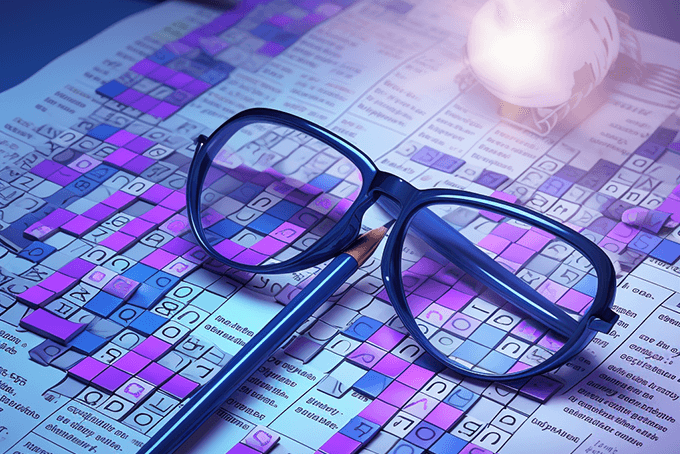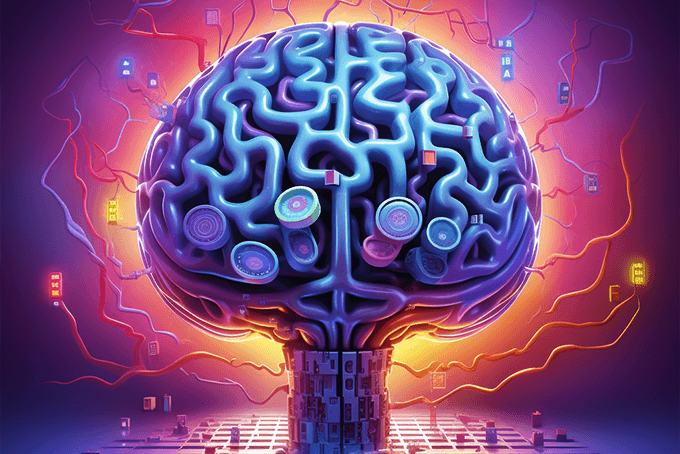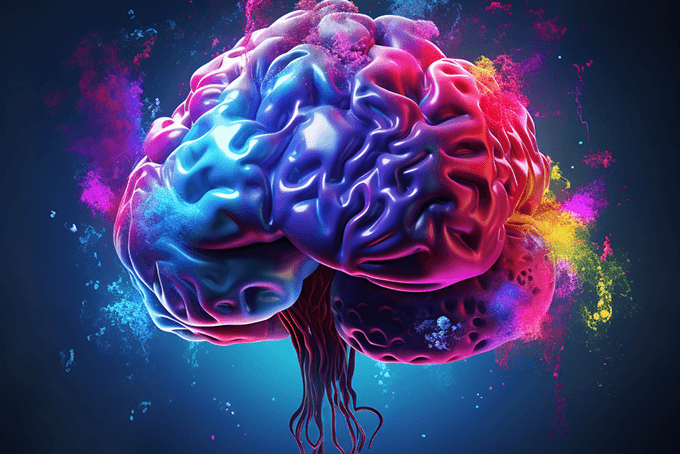Test your skills by thinking outside of the box with brain teasers, also known as brain games.
Maintaining Brain Fitness
Brain teasers allow students to utilize their critical thinking skills, use downtime more wisely and enhance their creative thinking, while also sharpening their minds. Having a sharp mind is extremely important later in life, according to Neuroscience professor Michael Merzenich, PhD.
“To keep our senses and memory healthy, it is very important that we spend time each day in intensive, effortful learning that requires our close attention. Under these conditions, our faculties can be remarkably well conserved,” he said, on PositScience.
The Benefits of Teasers
Intellectual activity may help fend off Alzheimer’s disease, according to The Franklin Institute. A Case Western Reserve study said “those more mentally and physically active in middle-age were three times less likely to later get the mind-robbing disease.”
“Increased intellectual activity during adulthood was especially protective. Examples included reading, doing puzzles…”
A 2003 study in the New England Journal of Medicine uncovered “that mentally stimulating activities such as reading, playing cards and board games, and doing crossword puzzles may prevent or minimize memory loss from aging,” a report from WebMD said.
While students are young when they are working on puzzles and brain teasers in the classroom, the ultimate benefit may not occur until several decades later.
How You Can Use Them in Your Classroom
Using brain games in your classroom can help with many ailments and issues.
The box game Sudoku stimulates the brain by challenging you to use strategy to figure out what number should go inside a box.
Spatial intelligence games work another aspect by allowing you to work on your visual memory. Memory games are some of the most effective brain exercising tools. If started at a young age, memory games can help prepare your students for a long future of learning.
“The ability to memorize phone numbers or solve math problems requires training,” according to Math and Reading Help. “Through the employment of specific exercises a child can be trained to remember more with less effort. Working on memory skills from a young age will help prepare a student for the future.”
Brain concentration games may also help students who have a difficult time focusing and paying attention in class.
In Dr. Robert Myers, Child Psychologist’s “5 Simple Concentration Building Techniques for Kids with ADHD,” he suggests that these types of games are beneficial.
“Children’s games such as Memory or Simon are great ideas for improving memory and concentration. They are quick and fun. Memory motivates the child to remember the location of picture squares and Simon helps them memorize sequences of visual and auditory stimuli. Through repeated playing, brain circuits are “exercised” and challenged, which strengthens connections and thus improves function,” he said.
Where to Find Games
There are many places to find brain games, both in-store and online.
Discovery Education’s Brain Boosters allow your students to play reasoning and logic games online from their website. Games for the Brain is a very simple Web site that has many games to choose from as well. In addition, The Milton Bradley Memory board game mentioned by Dr. Myers can be purchased from many retail locations.
But if you are feeling creative, you can use ProProfs to create your own game!



